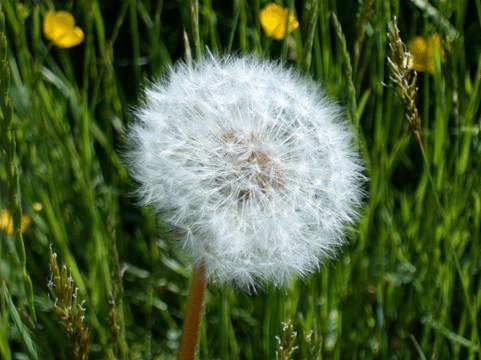The Basics of Wild Foraging
Foraging for wild food is not a “I just happened to see it” activity anymore. More and more websites are sprouting up with tips about what and how to forage native plants in your local neighborhood.
So, what does “forage” actually mean? Generally, to forage for wild food is to search for and identify natural food sources that are safe for eating.
Whether in the country or an urban setting, wild foraging can be a fun, healthy, and holistic way to incorporate local foods, including medicinal plants and herbs, into your daily diet.
For example, dandelion (Taraxacum officinale) is a common weed found in many backyards. Medicinally, dandelion has a long history of use as a diuretic, tonic, and aperient. The tops can be eaten fresh in salads and the root, when dried, makes an excellent coffee substitute. (Before eating from the wild, make sure you have correctly identified the plant. For this, you may want to go foraging with a local expert or reference a reputable guidebook. We like the Backyard Medicine by Julie Bruton-Seal and Matthew Seal and Identifying and Harvesting Edible and Medicinal Plants by Steve Brill, which are both available from the Apothecary Shoppe College Store. Also, avoid plants that may have absorbed harmful toxins, such as plants growing by the roadside.)
Exploring Local Foraging in Portland
In Portland, Oregon, where the American College of Healthcare Sciences is based, some of the most commonly foraged foods include, pears, berries, walnuts, lavender, mint, and rosemary. The ACHS Botanical Teaching Garden, for example, invites locals to cut fresh herbs. such as rosemary and chives, for personal use, and hosts an annual summer U-Pick Lavender event – typically some time in July.)
For information about wild foraging in Portland, check out the Urban Edibles website, and for foraging wild and edible plants in your area, check out foraging.com.
What do you like to forage in your area? Have recipes? Please share! We’re always looking for new holistic nutrition ideas and recipes to share with our friends.



